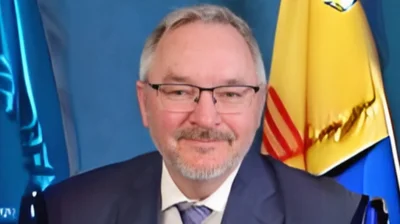Over the summer, New Mexico State University (NMSU) introduced its Summer Science Program, a nonprofit initiative that provides an immersive experience in experimental science to high school juniors and seniors, the university said in a Sept. 5 press release. NMSU welcomed nearly 30 students into this program for the first time, the release said.
NMSU's Department of Astronomy set up student teams at a remote observing center in the Astronomy Building, providing them with practical telescope operation experience and extensive training in coding and data analysis, the news release said.
After gathering and processing data, the students submitted their reports to the Minor Planet Center (MPC), managed by the International Astronomical Union and housed at the Harvard Smithsonian Center for Astrophysics in Massachusetts. The MPC functions as a worldwide data repository for solar-system object information, meticulously monitoring their positions, the press release said.
The program was created nationally by the Summer Science Program (SSP), an independent nonprofit program operated, governed, and largely funded by its own alumni and former faculty.
“The SSP astronomy program concentrates on tracking near-earth asteroids, which have a higher chance of becoming potentially hazardous asteroids, which are the ones we keep a particularly close eye on due to their increased probability of crashing into the earth,” said Adam Rengstorf, director of SSP’s astronomy program at NMSU, in the press release. “It serves the larger community to keep track of where these things are. The Minor Planet Center collects data from many different places and then periodically recomputes the orbits of the asteroids to make sure they’re staying at a safe distance.”
The SSP program, which opened for applications last November, saw a global response, with thousands of applicants and a global acceptance rate of about 10%. NMSU's summer session hosted over 30 students, including seven from international backgrounds, while similar astronomy programs are also held at the University of North Carolina and the University of Colorado at Boulder. SSP sponsors three other science programs, including biochemistry at Indiana University and Purdue University and genomics at Indiana University, the release said.









